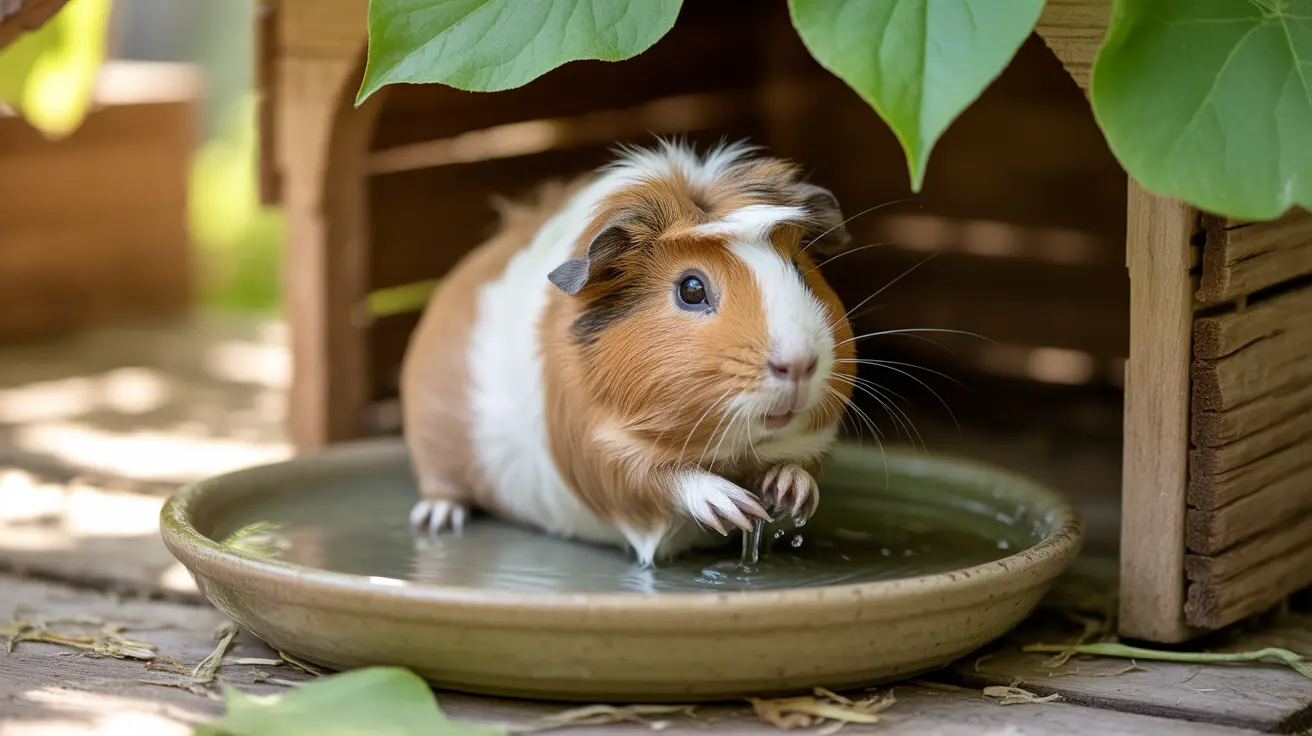H Harness vs. Y Harness: Which One Is Better for Your Dog?
When choosing the right harness for your dog, the decision often comes down to two popular styles: the H harness and the Y harness. Both have distinct designs and benefits that suit different breeds, movement patterns, and walking styles. Choosing the right harness isn’t just about looks—it's about safety, comfort, and control.
Understanding the Harness Designs
- H Harness: Named for the strap shape that resembles the letter “H” when viewed from the side. It usually consists of two horizontal straps—one around the chest and one around the girth—connected by a vertical strap.
- Y Harness: This harness features a Y-shaped chest plate, with shoulder straps meeting at the front and going down between the legs, creating a more anatomical fit that mimics natural movement.
Advantages of the H Harness
- Simple to put on: With fewer adjustment points, H harnesses are often easier for new pet owners to use.
- Even weight distribution: The strap configuration helps reduce strain on the shoulders and neck when fitted well.
- Good for calm walkers: Ideal for dogs that don’t pull much or engage in high physical activity.
Advantages of the Y Harness
- Freedom of movement: Designed to allow full shoulder extension, making it better for active or athletic dogs.
- Reduces pressure on the neck: Unlike collars and some H harnesses, Y harnesses typically avoid exerting pressure on sensitive areas.
- Secure fit: The snug fit and front clip option offer improved control, which can help with training.
Possible Disadvantages
- H Harness: May restrict shoulder motion depending on brand and fit. Can shift during walks if not adjusted properly.
- Y Harness: Can be more complex to fit initially and might require a few tries to get it properly adjusted.
What Do Canine Experts Recommend?
Veterinarians and behaviorists often lean toward Y harnesses for their ergonomic benefits. Since they don't impede the dog's gait and place less stress on the joints, they’re often the preferred choice for long walks, jogging, or canine sports. However, if your dog has specific physical conditions or dislikes having gear around the front legs, an H harness may be a better fit.
How to Choose the Right Harness for Your Dog
Consider the following factors:
- Your dog’s size and breed: Certain harnesses are better suited for stocky or lanky builds.
- Activity level: Active dogs typically benefit from a Y harness due to enhanced mobility.
- Pulling behavior: Strong pullers may need a Y harness with a front clip for redirection.
- Health concerns: Dogs with joint issues may feel more comfortable in a non-restrictive harness.
Final Verdict
There’s no one-size-fits-all answer, but for most active and medium to large breeds, the Y harness is usually superior in promoting natural movement and avoiding injury. H harnesses might be suitable for smaller, calm dogs or specific training purposes.
Ultimately, proper sizing, material quality, and comfort matter the most. Always monitor your dog during walks and adjust the fit as needed to ensure safety and confidence.





